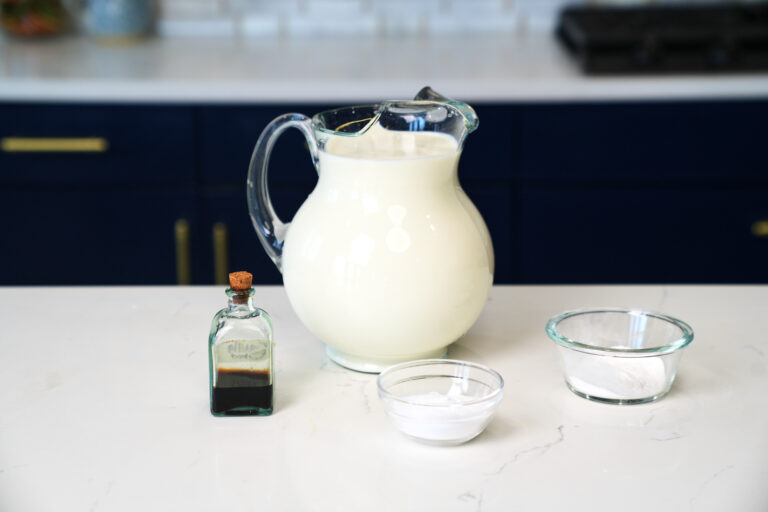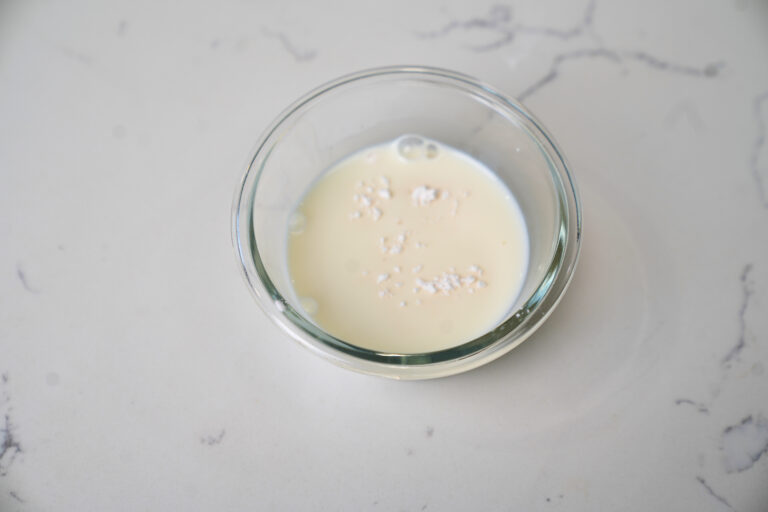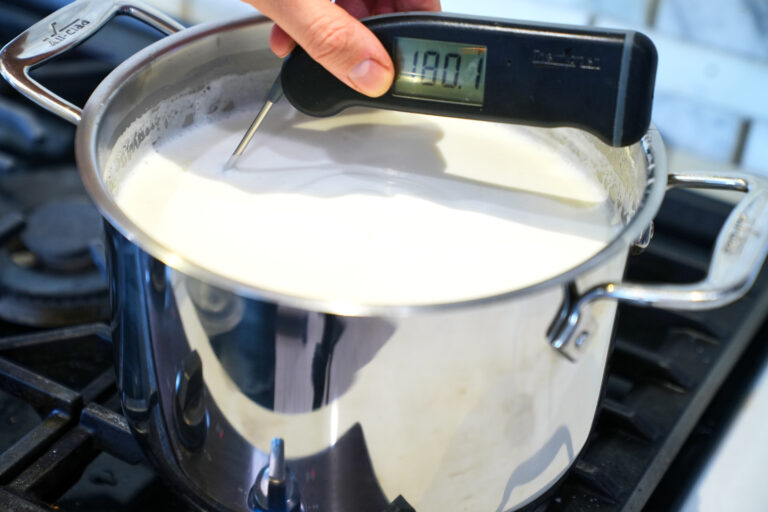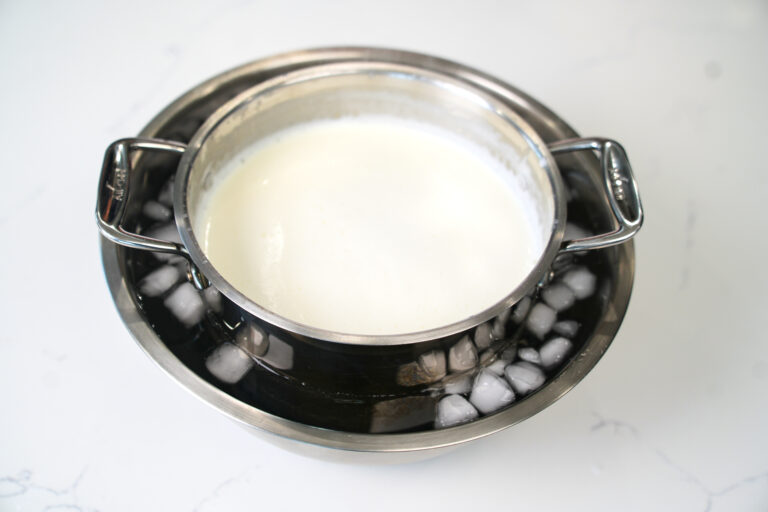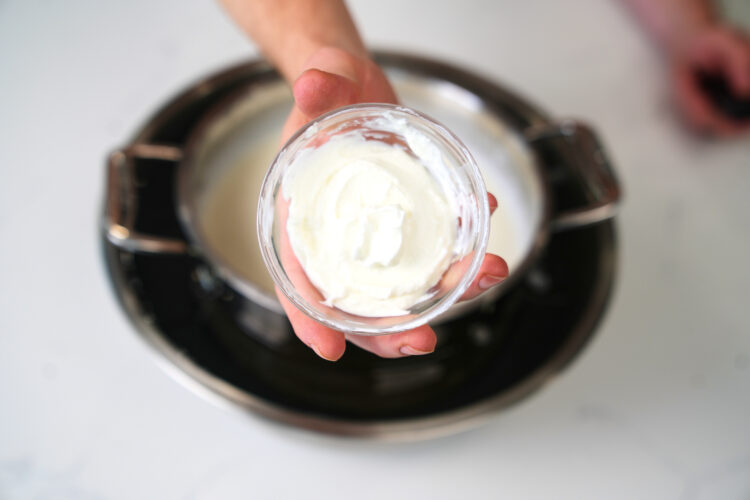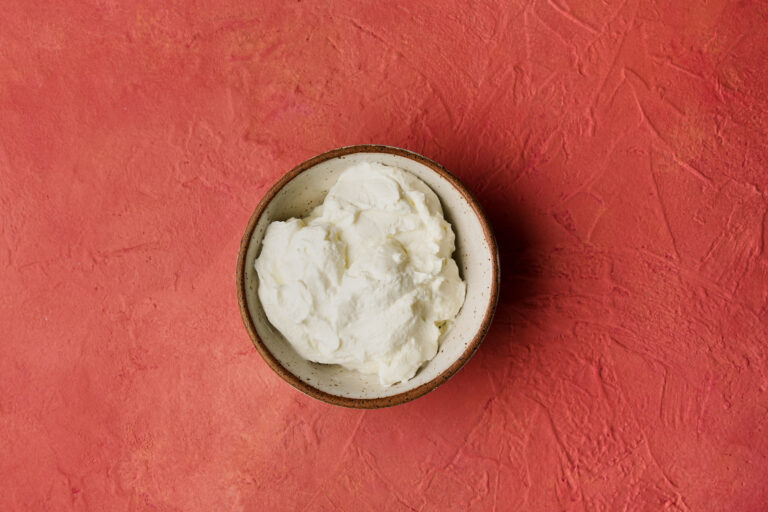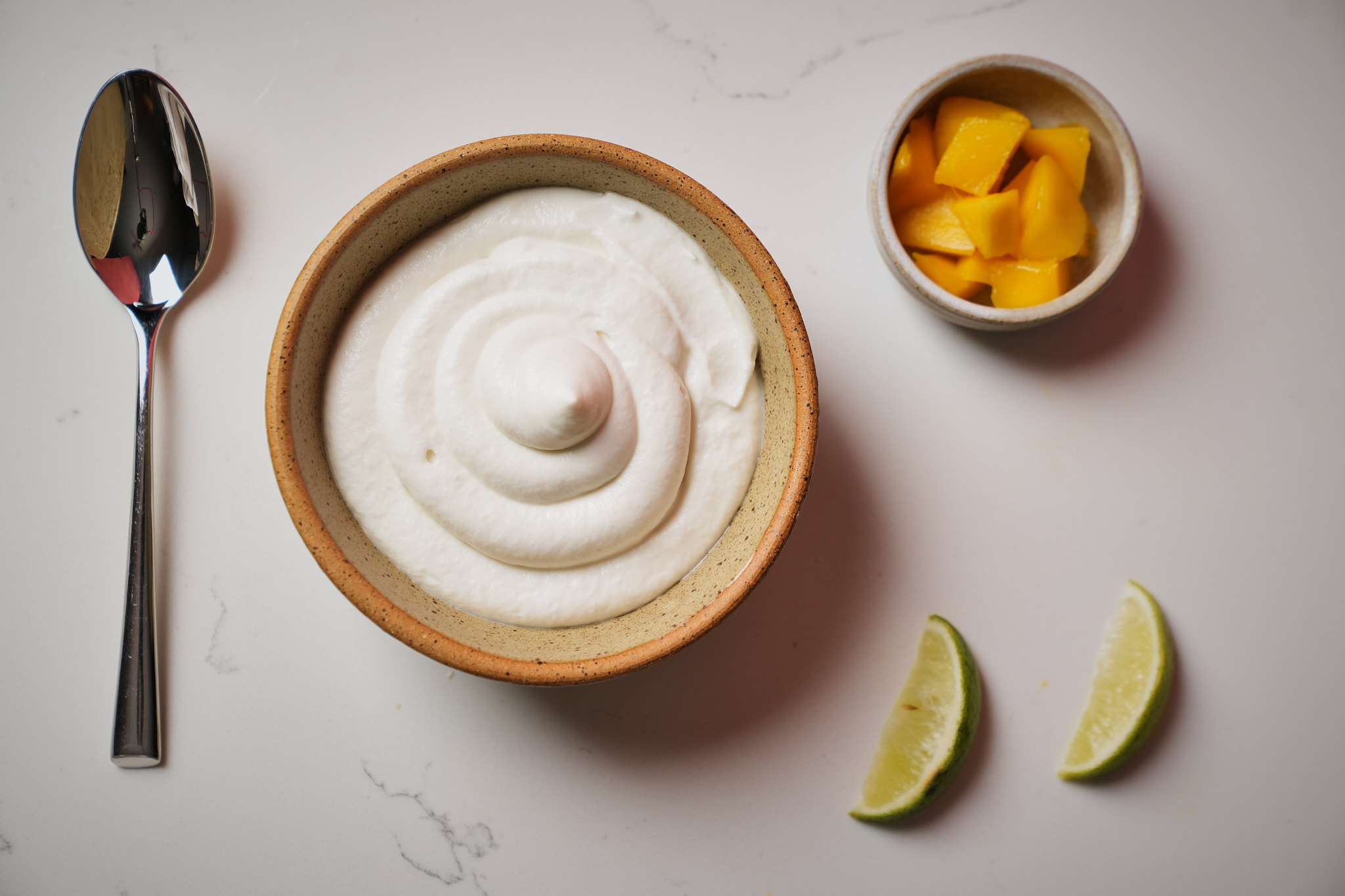Disclaimer: Some links are Amazon affiliate links. Purchases made through them help support the recipe testing, photos, and content I share — thank you!
Summary
Tangy, Thick, and Velvety Greek Yogurt for Every Fermentation Method
If you’ve ever had homemade Greek yogurt, you already know it’s miles beyond store-bought. We modify this process to improve the overall yield and make a more velvety texture by adding tapioca starch to the process. We have provided several methods for the fermentation process for you to choose from, so you can follow along no matter which method you choose.
You May Like These Recipes Too
Additional Details About This Recipe
How long does this yogurt last in the fridge?
Homemade yogurt can easily last up to 3–4 weeks in the fridge if stored in a clean, airtight container. It typically stays safe much longer as long as it smells fresh, doesn’t develop mold, and hasn’t separated excessively.
Signs it’s gone bad include:
A chunky or overly watery texture that doesn’t recombine when stirred
A sour or “off” smell that’s sharper or unpleasant compared to its usual tang
Visible mold or pink/orange discoloration
Can I freeze homemade yogurt?
It can be made into a creamy frozen dessert by freezing. Don’t try to thaw it though. That’s just…why?
Is straining necessary for Greek-style yogurt?
To call it Greek yogurt, yes. Straining is what makes it Greek yogurt.
The tapioca starch does help create a thicker body than usual for the yogurt. So straining is optional, but it’s no longer considered Greek yogurt, its just yogurt.
Can I double this recipe?
You can, as long as your pot and fermentation setup can handle the volume. Heating and cooling will take longer.
Nutritional Facts
(Serving size: ¾ cup (170 g)
Calories: ~130 kcal
Protein: ~11–12 g
Total Fat: ~7 g
Saturated Fat: ~4.5 g
Carbohydrates: ~5 g
Sugars: ~5 g
Calcium: ~200 mg
Sodium: ~80 mg


